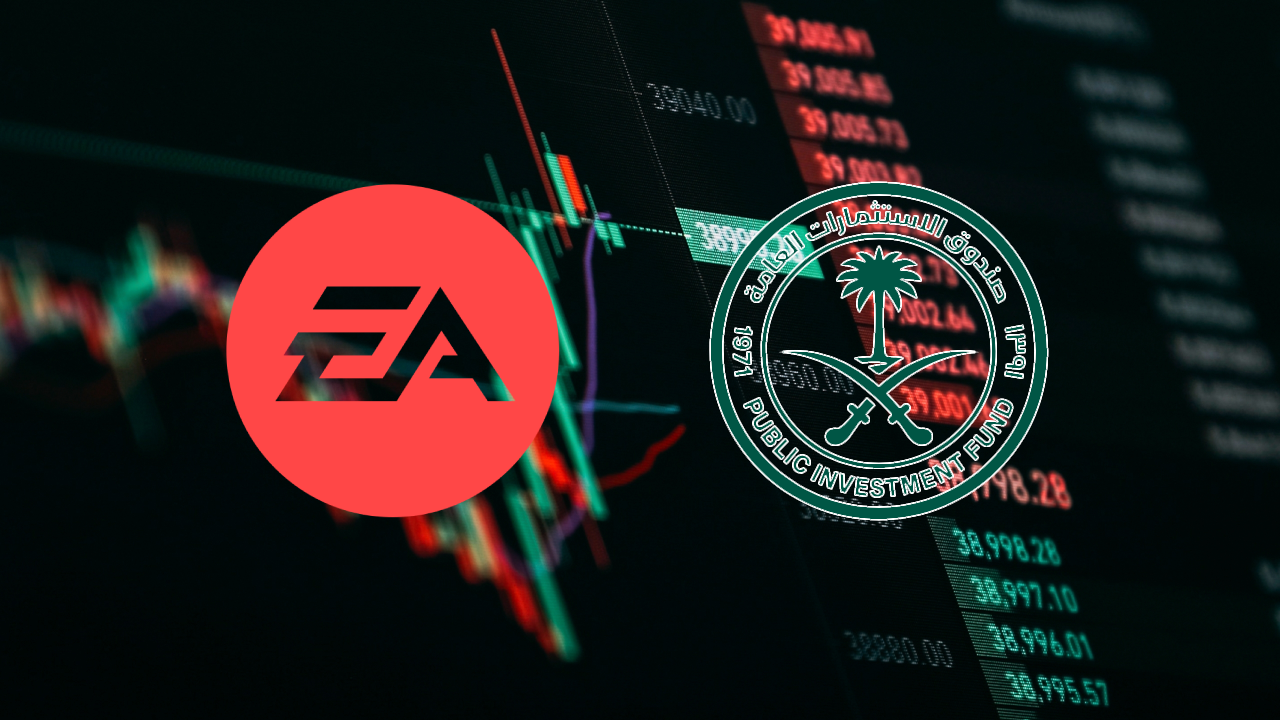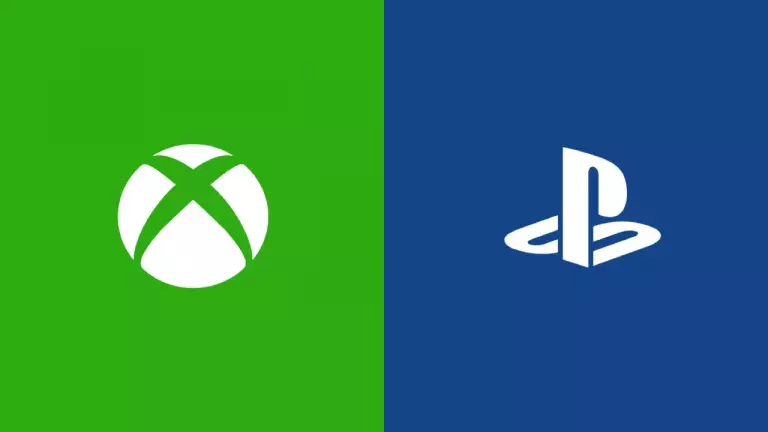Following the latest Nintendo Direct, the Japanese company had planned to hold its 84th Annual General Meeting of Shareholders, which took place a few days ago. During the meeting, it was revealed that the company will maintain its relationship with Nvidia as long as the Nintendo Switch remains on the market, although no reference was made to its successor. One of the details that most caught the attention of the gaming community was the compensation of the company’s executives and how this contrasts with their Western counterparts.
How much money do Nintendo’s key figures earn annually?
- Shuntaro Furukawa, the current president of the company, earns $2.2 million annually (358 million yen).
- The legendary Shigeru Miyamoto, who currently serves as creative advisor, earns approximately $1.7 million annually (286 million yen).
- Shinya Takahashi, general manager of Nintendo’s Planning and Production Division (the largest and most important division in the company), earns $1.4 million (226 million yen) annually.
- Satoru Shibata, general manager of the marketing and licensing division, earns $1 million per year (166 million yen).
- Ko Shiota, general manager of the platform technology development division (essentially the head of hardware), earns $783,000 annually (126 million yen).
These are clearly high salaries that most people would dream of, but they are still surprising when compared to the fortunes earned by executives in Western companies.
How much do top executives at video game companies earn?
In the West, the business model is different. Executives such as CEOs and presidents enjoy excessively bloated salaries, which are often combined with various performance-related goals that, if achieved, increase these already absurd amounts even further. Below is a list of the highest-paid executives in the video game industry. This information was compiled by the specialized website GamesOne, reflecting total annual compensation, which can come from a combination of salary, bonuses, shares, and benefits. These figures correspond to the fiscal year 2020, are expressed in dollars, and foreign currencies were converted at the average exchange rate for that year.
- Hajime Satomi, CEO of SEGA Sammy – $2,949,168
- Stéphane Roussel, CEO of Gameloft – $3,673,362
- Yosuke Matsuda, president of Square Enix – $4,169,594
- Jørgen Madsen Lindemann, CEO of Modern Times Group – $4,309,571
- David Baszucki, CEO of Roblox – $6,775,108
- George E. Sherman, CEO of Gamestop – $7,609,754
- Owen Mahoney, CEO of Nexon – $8,311,079
- Nick Earl, CEO of Glu Mobile – $8,633,871
- Debbie Bestwick, CEO of Team17 – $10,242,642
- Min-Liang Tan, CEO of Razer – $10,457,000
- Taek-Jin Kim, CEO of NCsoft – $15,620,773
- Strauss Zelnick, CEO of Take-Two Interactive – $18,111,761
- John Riccitiello, CEO of Unity Software – $22,001,733. Riccitiello was forced to resign in October of last year following the controversy caused by the installation fee of the Unity graphics engine.
- Frank Gibeau, CEO of Zynga – $32,003,768
- Andrew Wilson, CEO of Electronic Arts – $34,715,802
- Andrew Paradise, CEO of Skillz – $103,321,052
- Robert Kotick, CEO of Activision Blizzard – $154,613,318. The controversial Bobby Kotick is said to have doubled this figure last year after the approval of Activision Blizzard’s sale to Microsoft, as this deal impacted his performance-based compensation.
- Robert Antokol, CEO of Playtika – $372,008,176
Some conclusions can be drawn from this list. First, Japanese companies tend to pay their directors less than their counterparts from the rest of Asia and from Western companies. Second, the companies spending the most money on their CEOs are usually those laying off the most employees, reflecting the deep inequality present in the industry’s most powerful companies. For instance, Playtika, the Israeli company focused on the mobile game market and the leader of this list, has laid off 1,150 employees since 2022. Activision Blizzard, in second place, has cut more than 1,900 jobs this year alone. Electronic Arts has laid off 200 employees in 2022, 1,200 in 2023, and 670 so far this year, totaling more than 2,000 layoffs in under three years. Unity, in sixth place, has laid off 150 employees in 2022, 1,150 last year, and another 1,800 over the past seven months, resulting in about 3,100 layoffs in under 36 months. Take-Two, in seventh place, cut more than 150 jobs in 2022 and several hundred more this year, though the exact numbers remain unannounced.
The layoff figures were taken from the website Game Industry Layoff, which specializes in gathering information on layoffs within the video game industry since 2022.
How many average employees equal the cost of one CEO?
Here’s a comparison of average employee salaries versus CEO compensation, based on data disclosed by six companies:
Glu Mobile
The average employee salary is $89,738 annually, meaning the CEO’s cost equals 96 average salaries.
Take-Two
Their employees earn an average of $72,046 per year. The CEO’s cost corresponds to 252 median salaries.
Electronic Arts
With the highest average salary on this list at $123,935 annually, their CEO’s cost equates to 316 median salaries.
Zynga
Employees at this mobile gaming company earn an average of $98,781 per year, translating to the CEO’s equivalent cost of 324 median salaries.
Gamestop
This gaming retail chain has the lowest median salary at just $11,033 annually, yet their CEO takes home the equivalent of 650 median salaries.
Activision
Lastly, the most egregious case. With a median salary of $99,100 annually, Bobby Kotick’s cost amounts to an astonishing 1,560 median salaries. This calculation considers only his 2022 compensation of nearly $154 million. If we add in the premium he received from the Microsoft acquisition of Activision Blizzard, the figure climbs above 3,100 median salaries. A staggering and unjustifiable amount, especially given the number of layoffs executed by the company—not to mention the repeated allegations of employee harassment by the former director.






